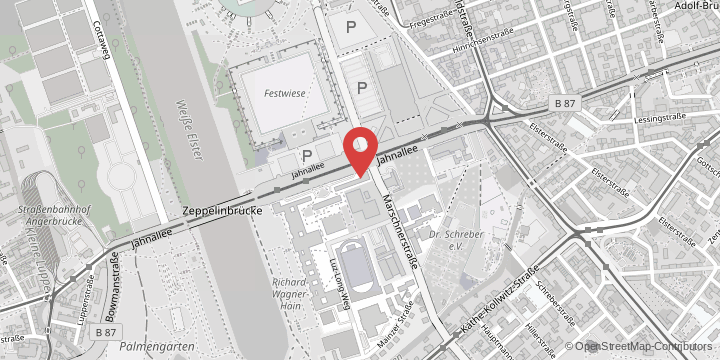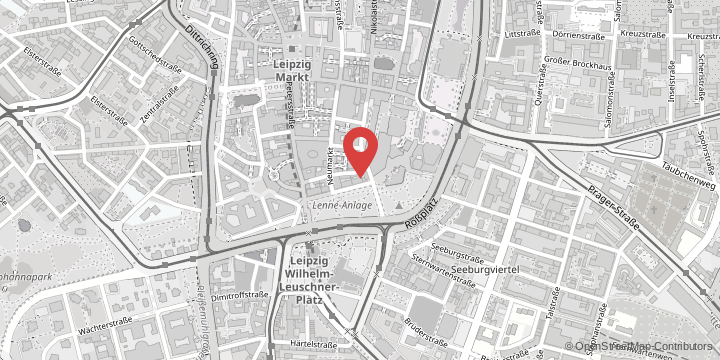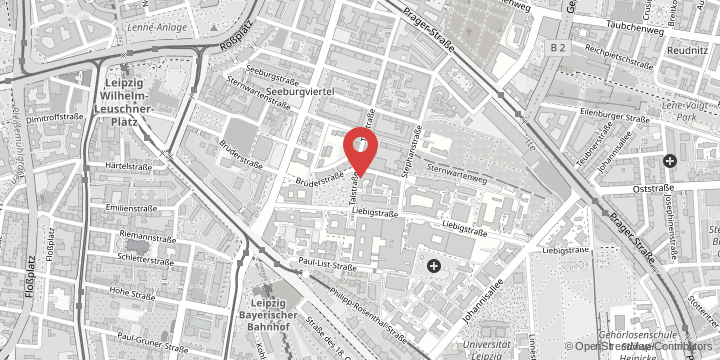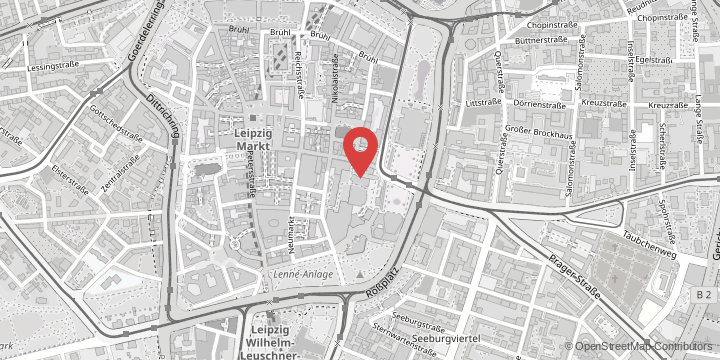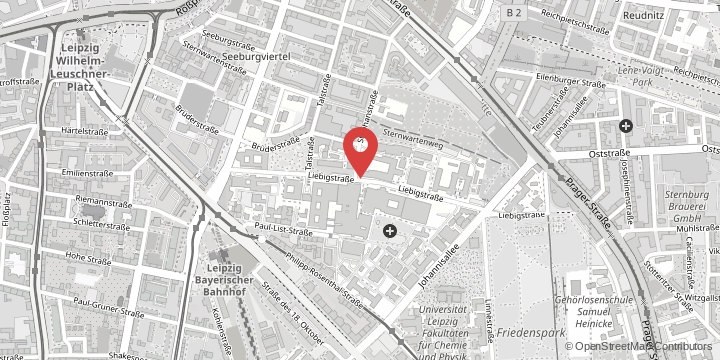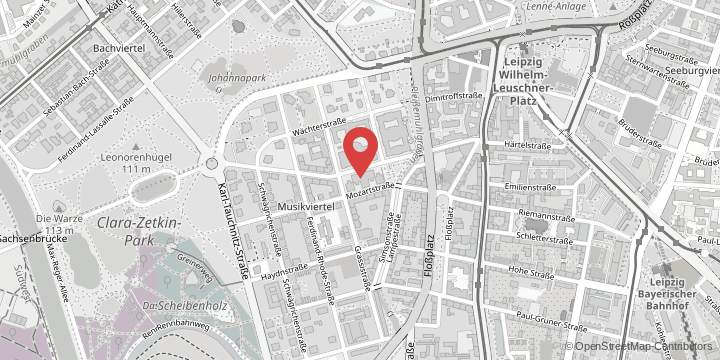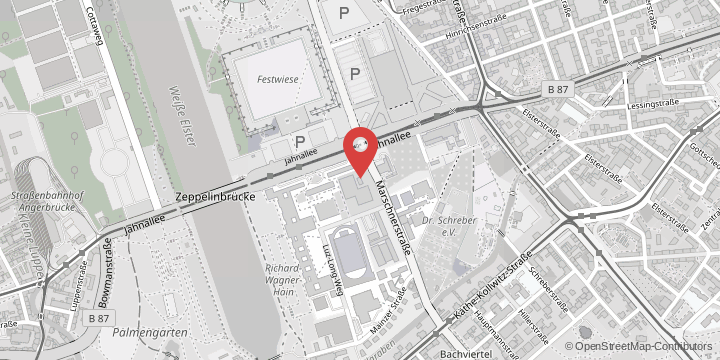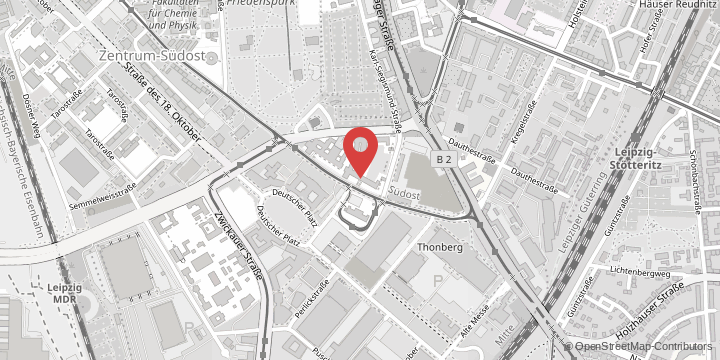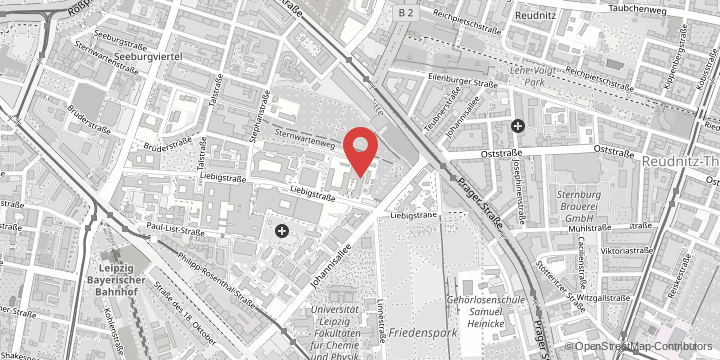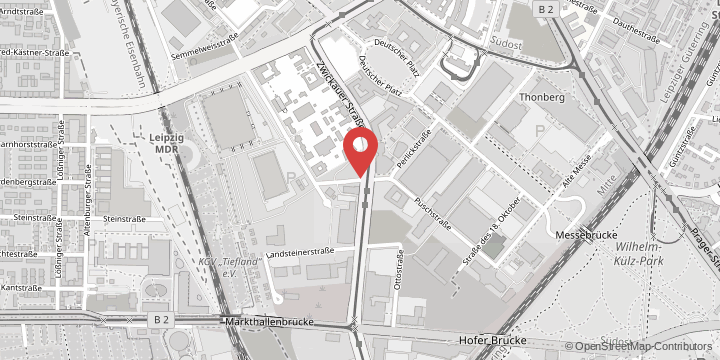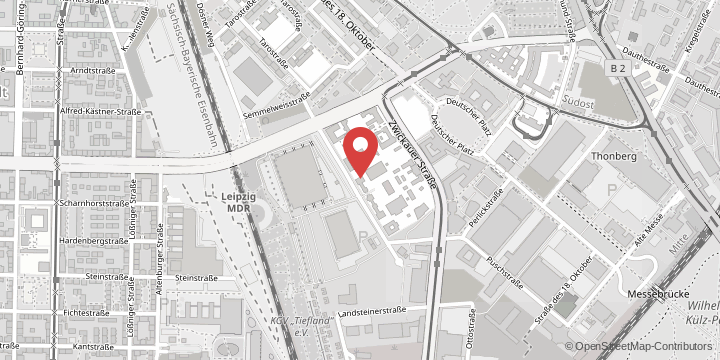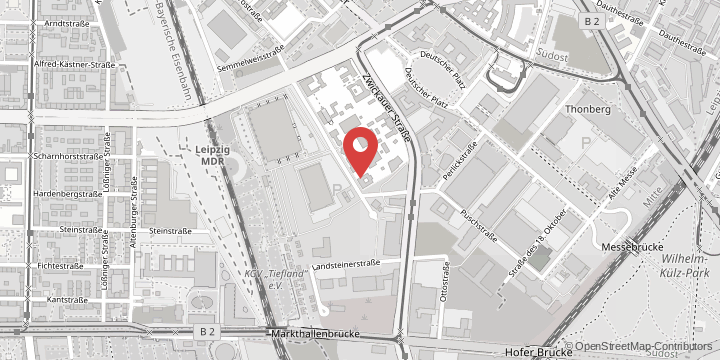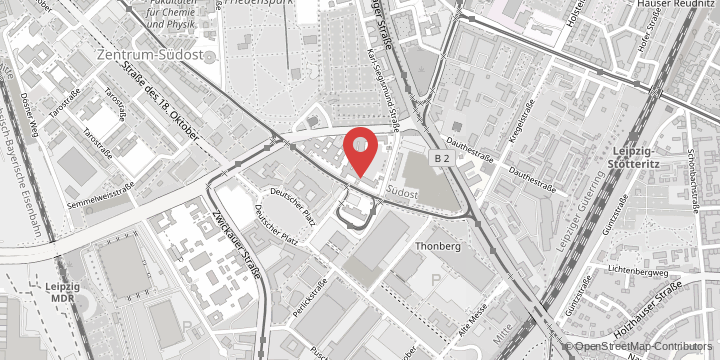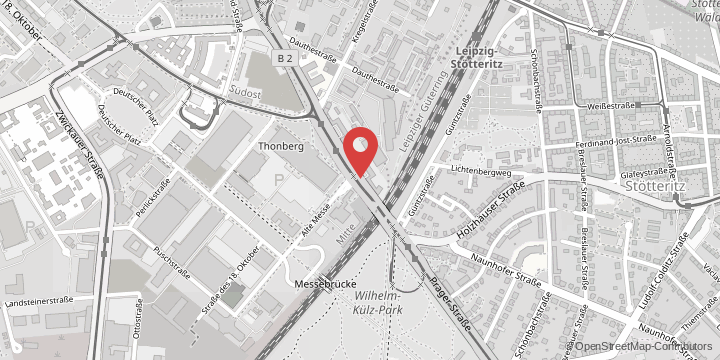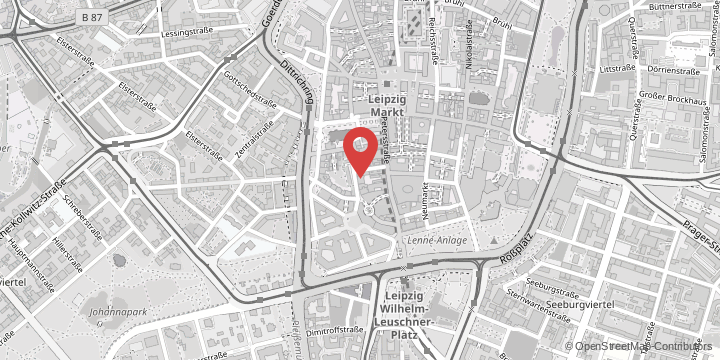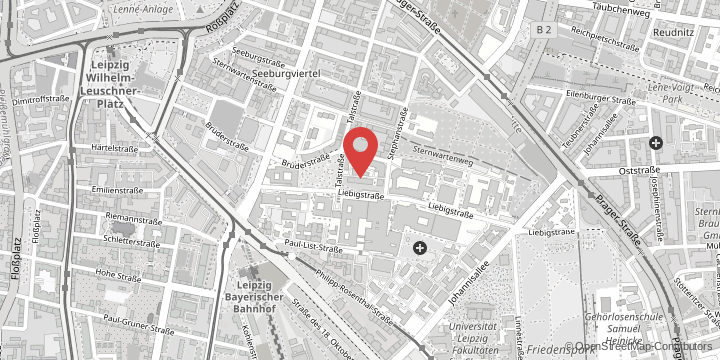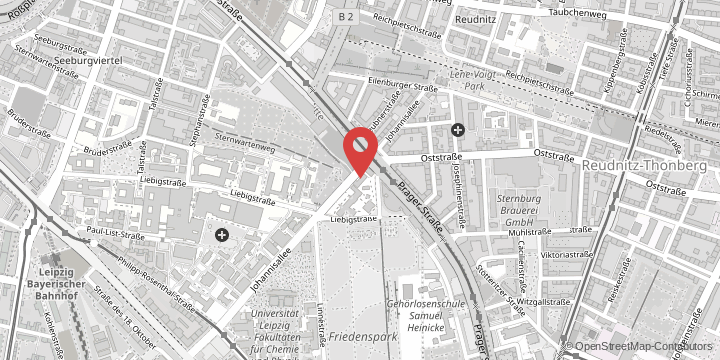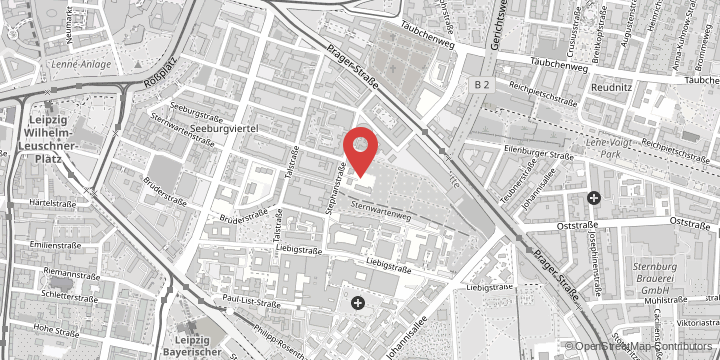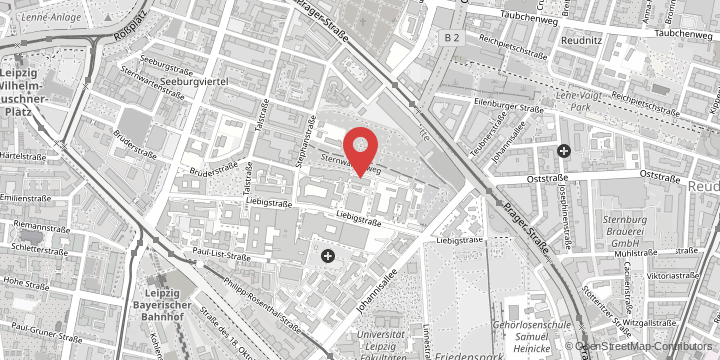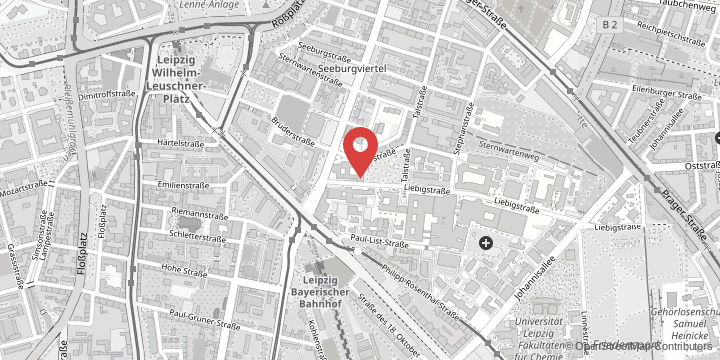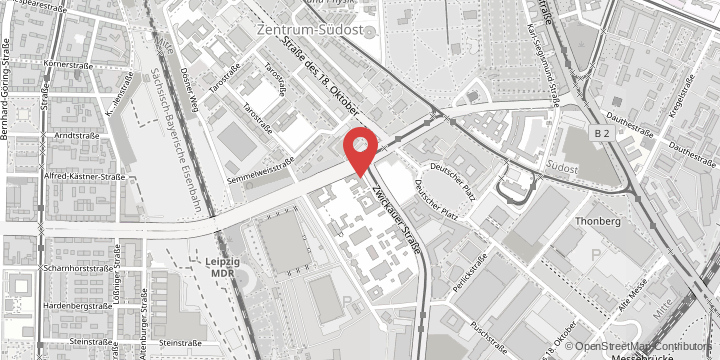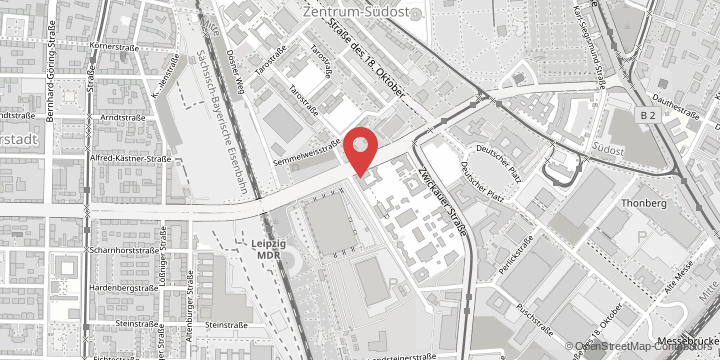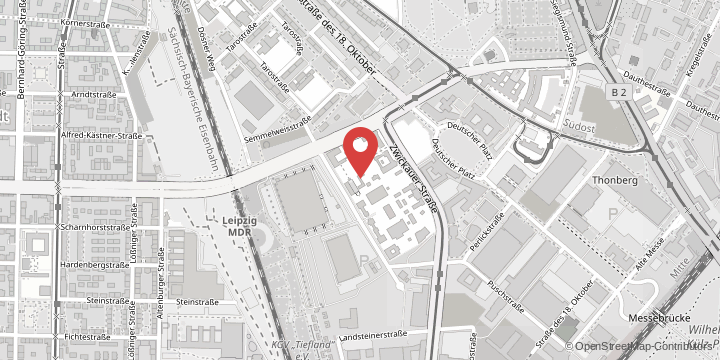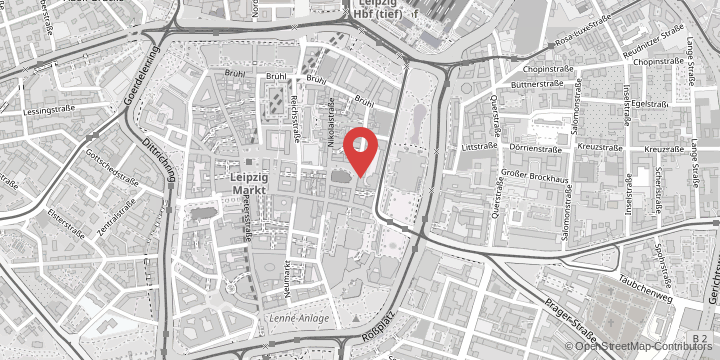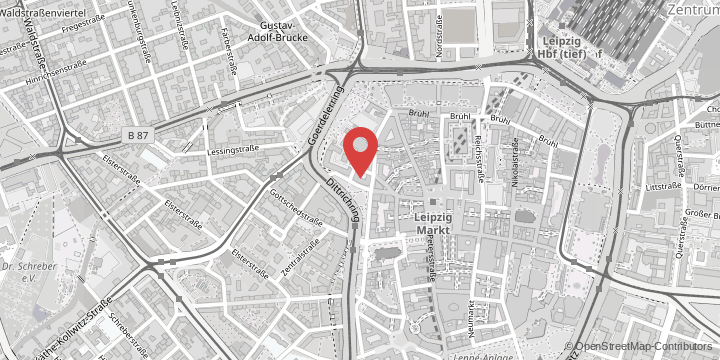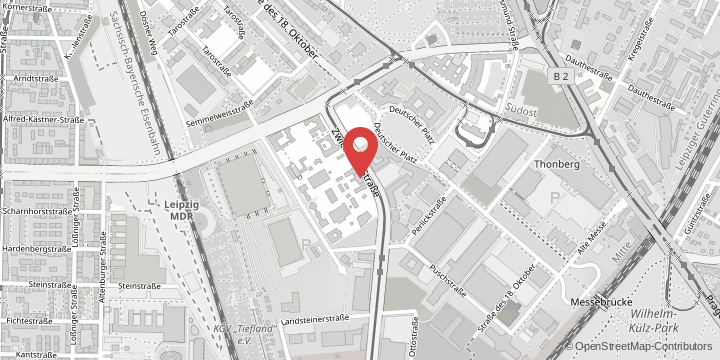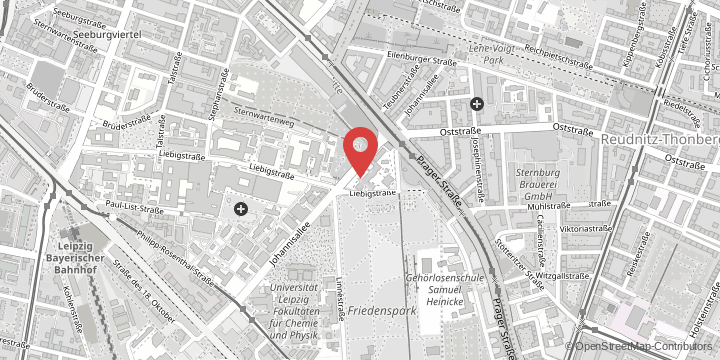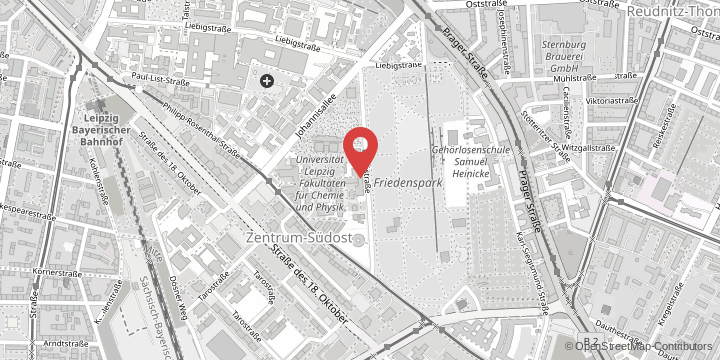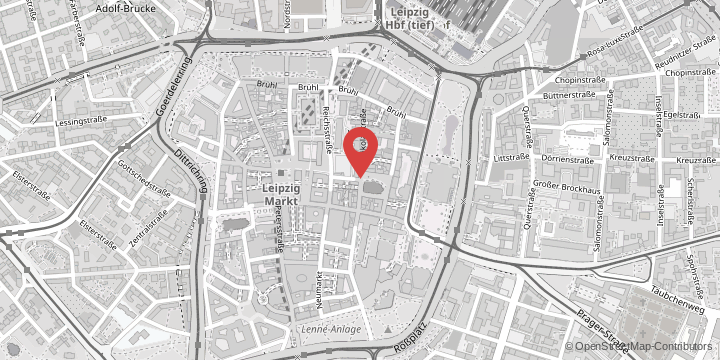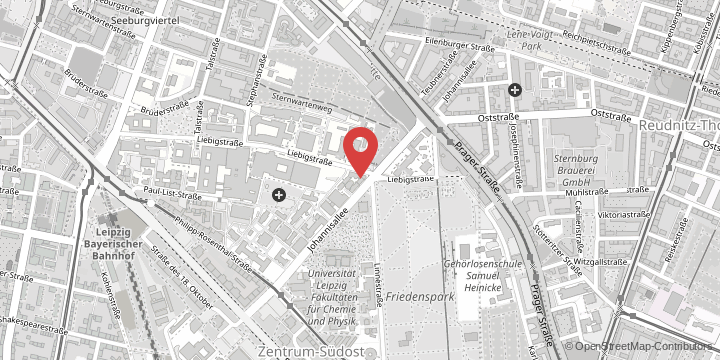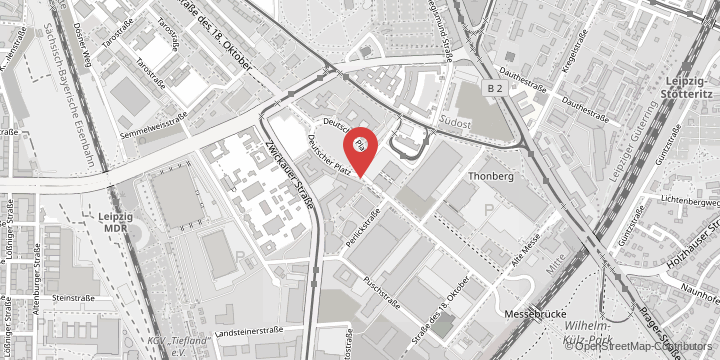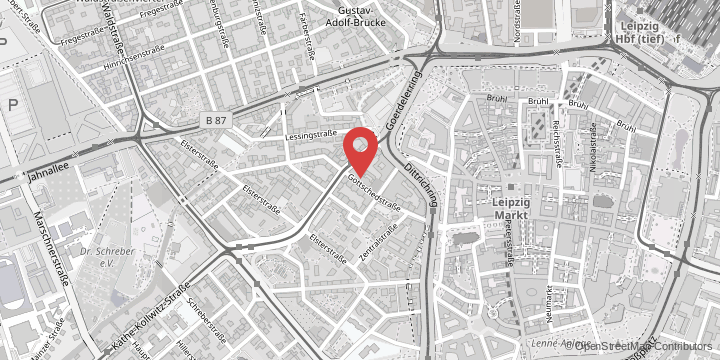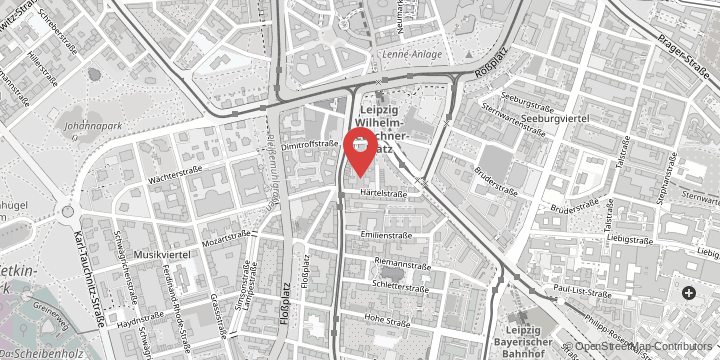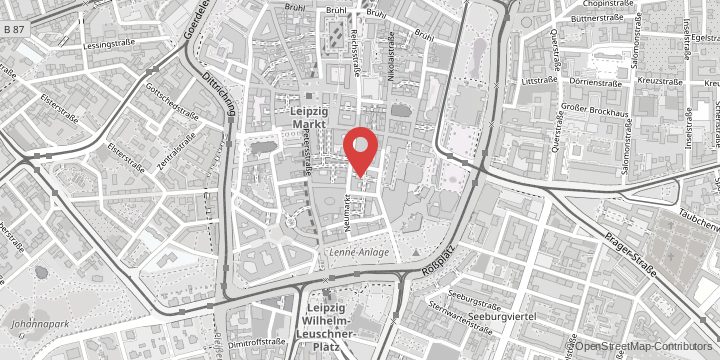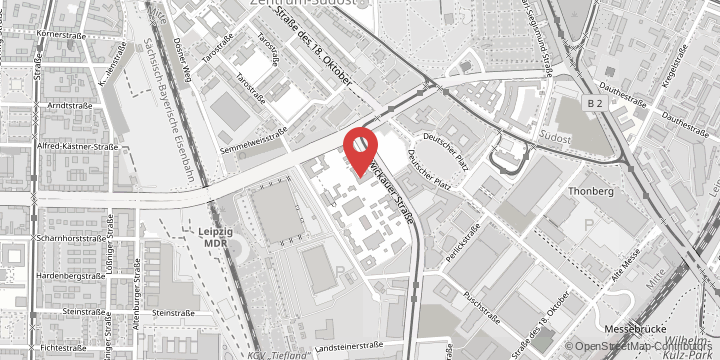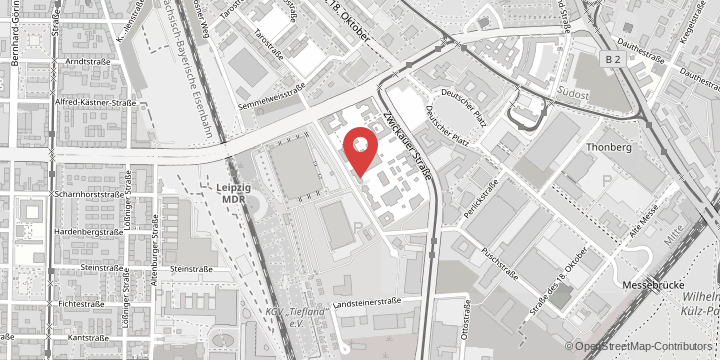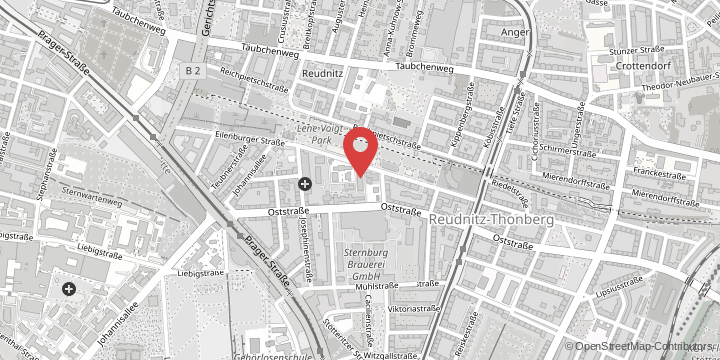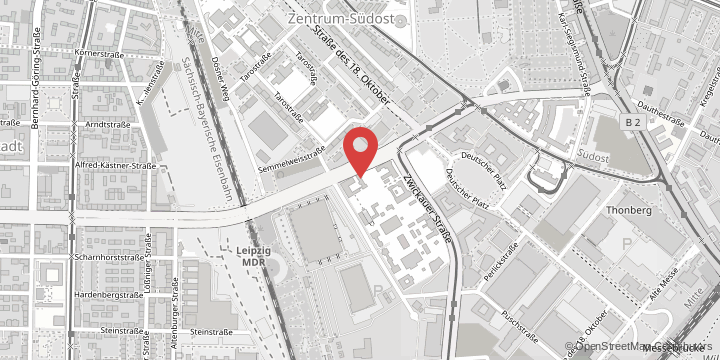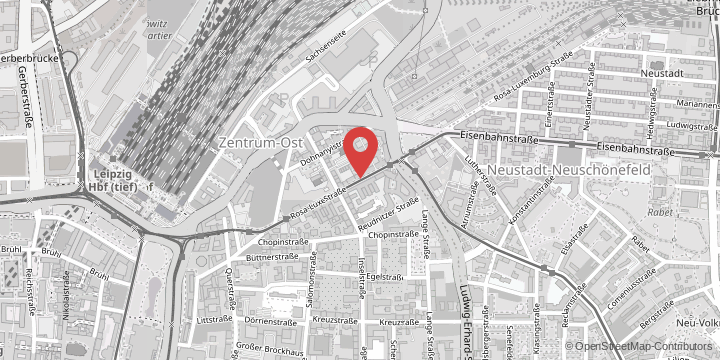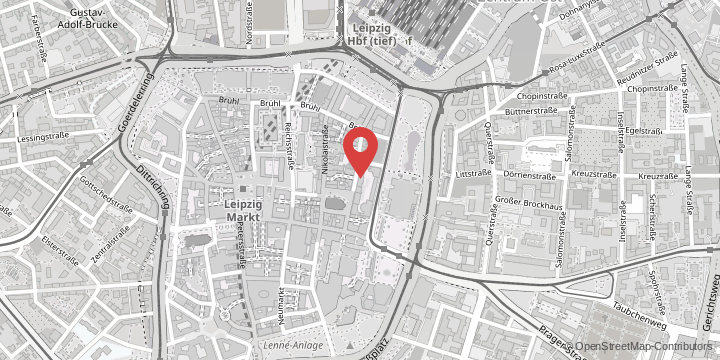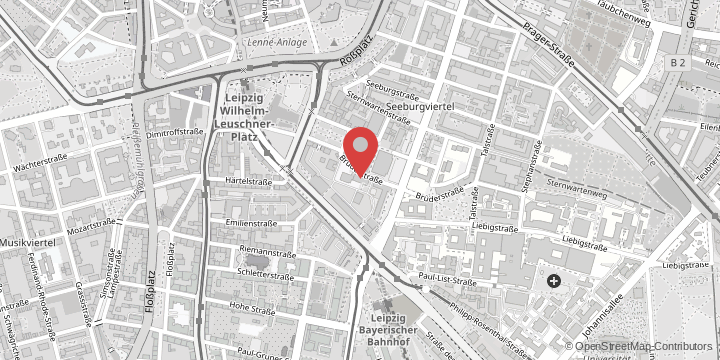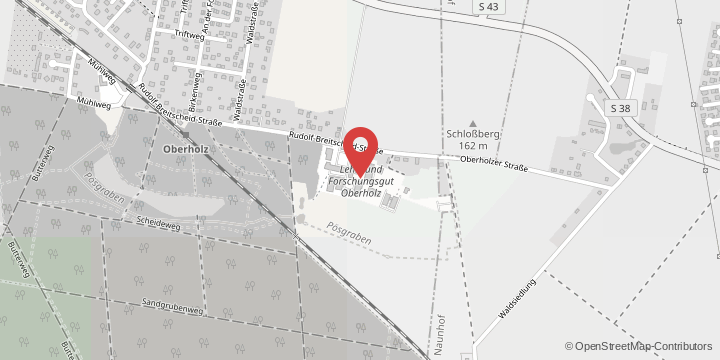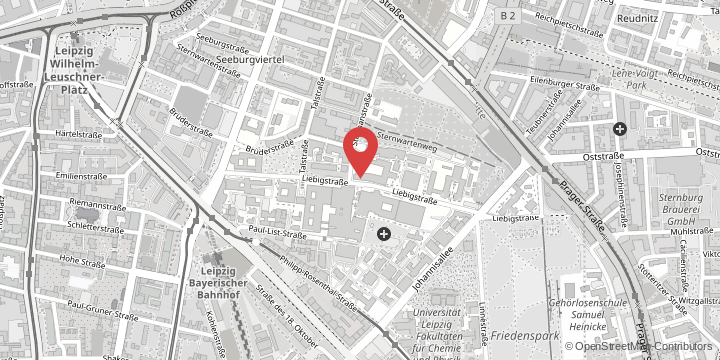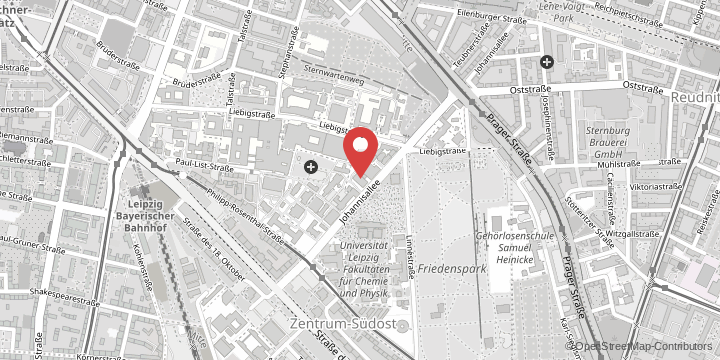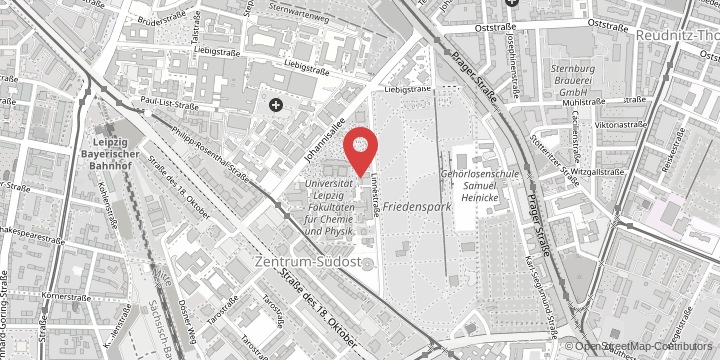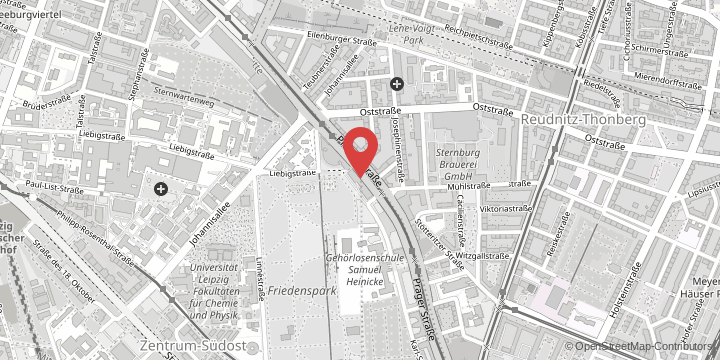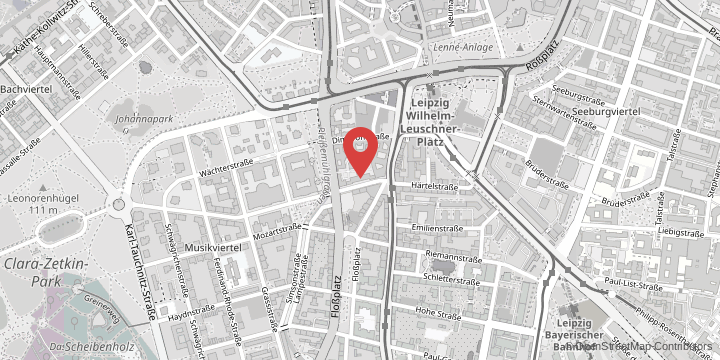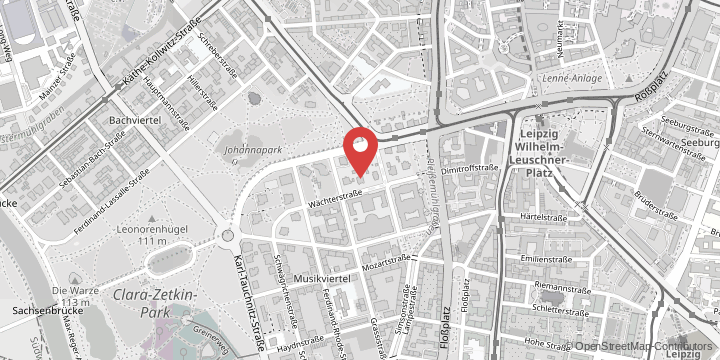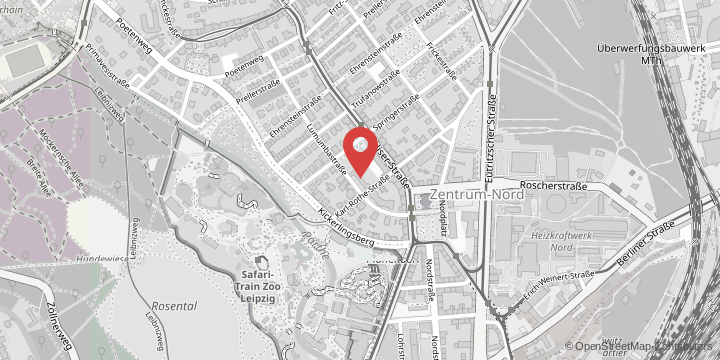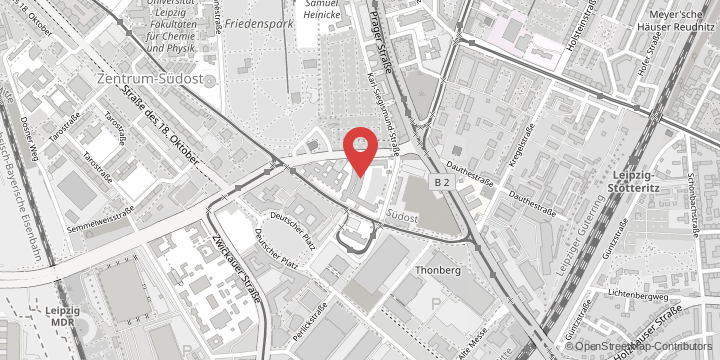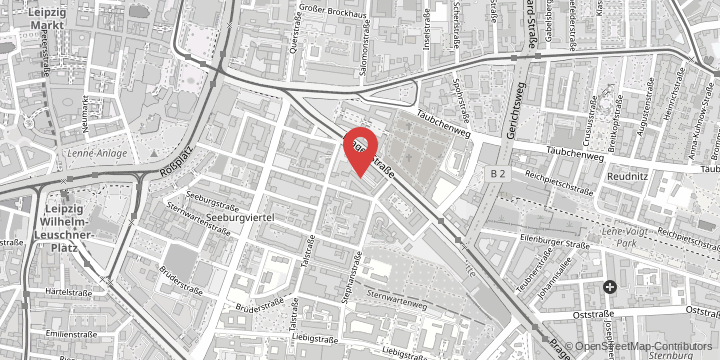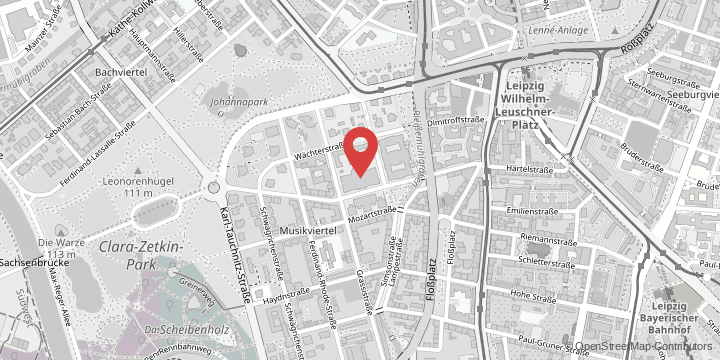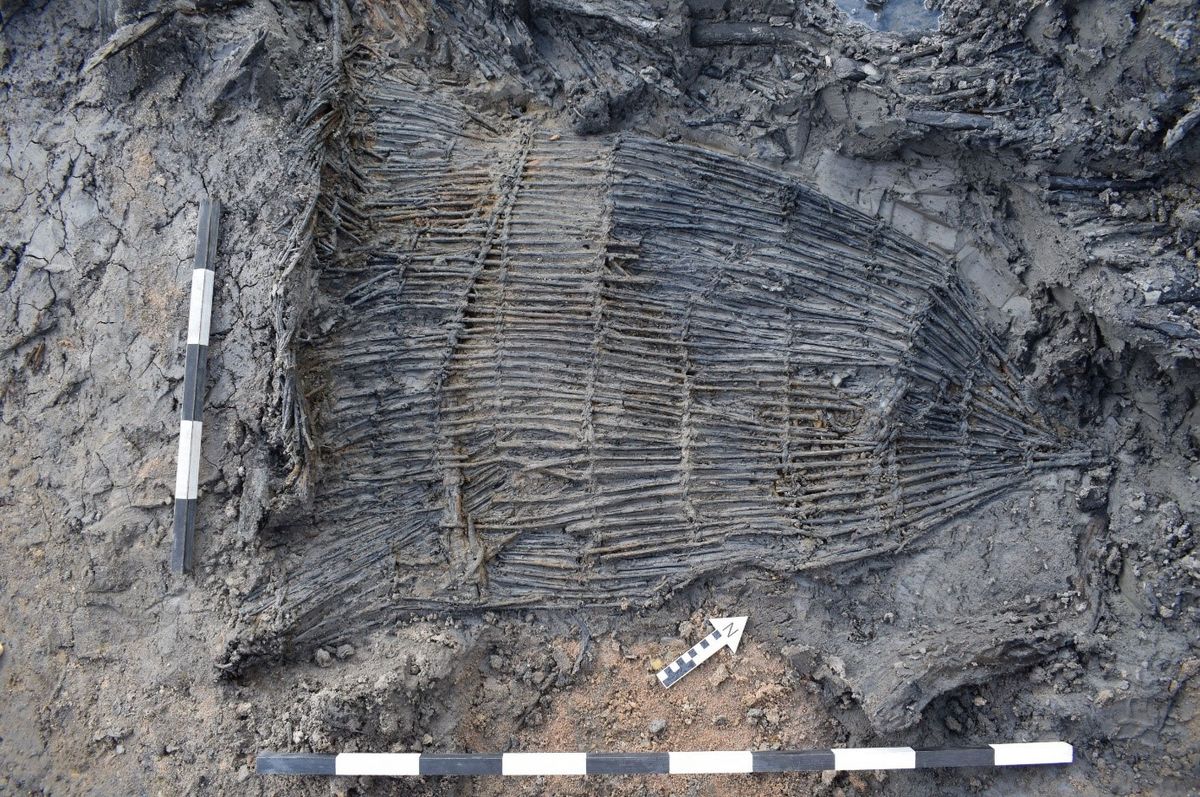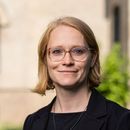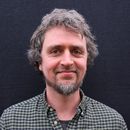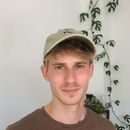The working group's focus is on man-made changes to floodplains and peatlands and the resulting consequences for biodiversity from a historical perspective.
Disciplines involved: Physical Geography, History in the Early Modern Period, Archaeology of the Middle Ages and Modern Times
What does "Anthropocene" mean?
The term "Anthropocene" is a key concept in the natural sciences and humanities. It refers to human-induced global changes in climate and material flows. Species loss, mass extinctions and the spread of invasive species are closely associated with it. Human influence is seen as a determining geological and ecological factor in the Earth system. This calls for a rethinking of society as a whole and a critical revision of the human-nature relationship.
About the working group
We investigate long-term developments, particularly on a local and regional scale, that can be considered as prehistory of the Anthropocene. Our interdisciplinary working group builds on extensive research in the fields of River Geomorphology, Palaeoecology, Geoarchaeology and Environmental History as well as on profound personal expertise in this field. Due to our cooperation with scientists from various research institutes in Leipzig, we see ourselves as the nucleus of a multidisciplinary research platform that will be further expanded in the coming years.
Research interest of the working group
Based on the concept of historical anthropospheres, we focus on the effects of human-induced changes on floodplains and peatlands and the resulting consequences for biodiversity. Our working group thus generates knowledge about diachronic ecological change in complex systems, which is indispensable for the conservation and management of current ecosystems. Knowledge of past conditions and developments is not only indispensable for current renaturation projects, but also makes it possible to assess the resilience of ecosystems to future changes.
Research approach
Our aim is to make "historical" biodiversity measurable. Since direct measurement data are not available, it is necessary to use proxy parameters from the archives of nature and society. For this purpose, different materials such as sediments, pollen profiles, ancient DNA as well as artefacts and texts are analysed in combination. This is an innovative, interdisciplinary approach, the methodological reflection of which forms an important part of our work. Our working group is therefore jointly developing two white papers on the interdisciplinary concept of floodplain and fluvial biodiversity.
Our partners
German Centre for Integrative Biodiversity Research Halle-Jena-Leipzig (iDiv), Leibniz Institute for the History and Culture of Eastern Europe (GWZO), Helmholtz Centre for Environmental Research (UFZ), Max Planck Institute for Evolutionary Anthropology
Duration
2023 – 2025
In a Nutshell
Everything at a glance: We answer the most important questions about our working group
The working group is made up of two professors and four staff members from the disciplines of Archaeology, Geography and History, who have joined forces with scientists from various research centres in Leipzig. These include the German Centre for Integrative Biodiversity Research Halle-Jena-Leipzig (iDiv), the Leibniz Institute for the History and Culture of Eastern Europe (GWZO), the Helmholtz Centre for Environmental Research (UFZ) and the Max Planck Institute for Evolutionary Anthropology.
- Schmidt, J. et. al. 2023. Erosion Modelling Indicates a Decrease in Erosion Susceptibility of Historic Ridge and Furrow Fields near Albershausen, Southern Germany, doi.org/10.3390/land12030544
- Nießen, I. 2023. Wasser- und Flussbau im Oberrheingebiet vom späten Mittelalter bis zur Gegenwart, In: H-Soz-Kult, 10.01.2023, <www.hsozkult.de/conferencereport/id/fdkn-132623.


